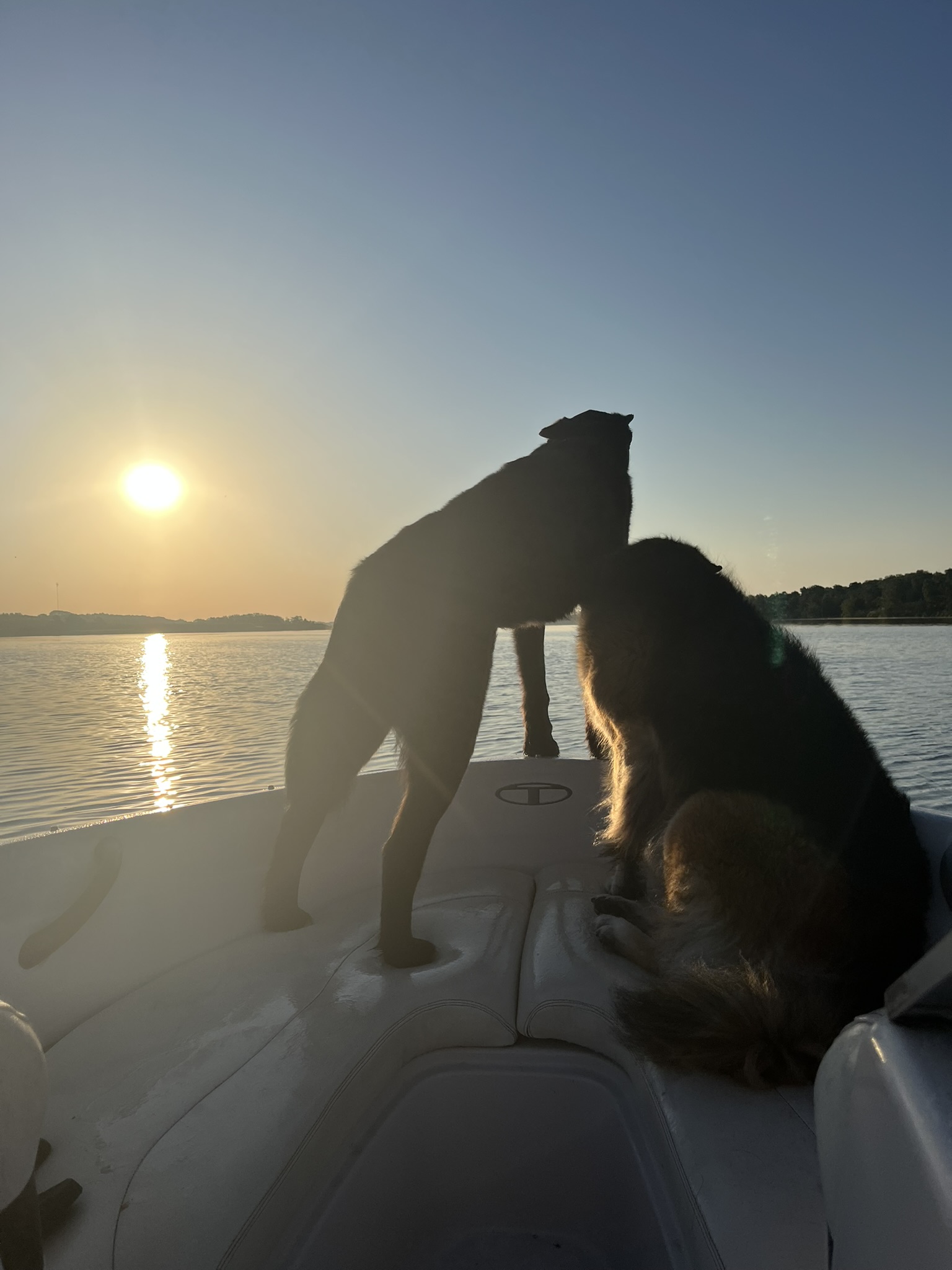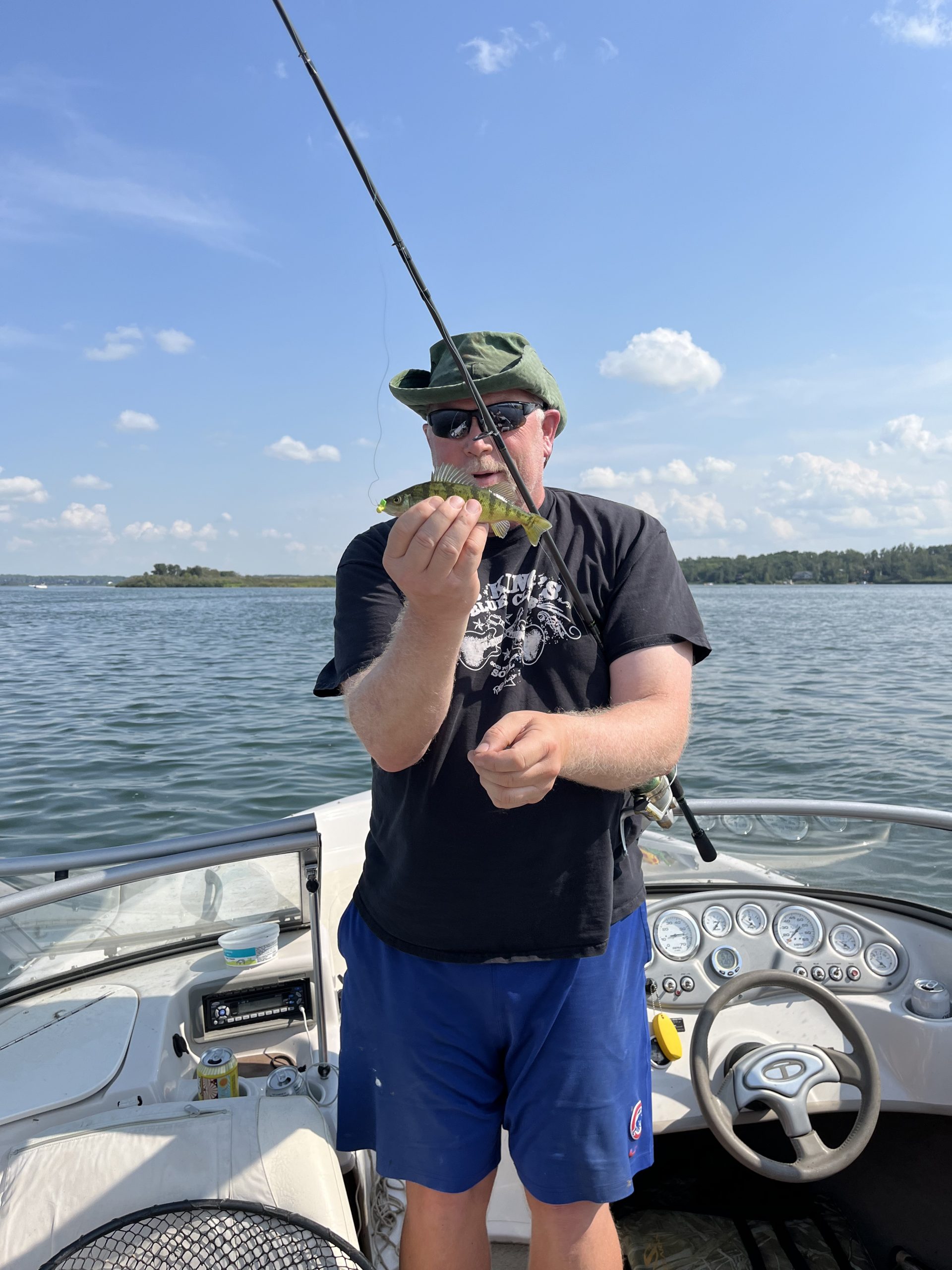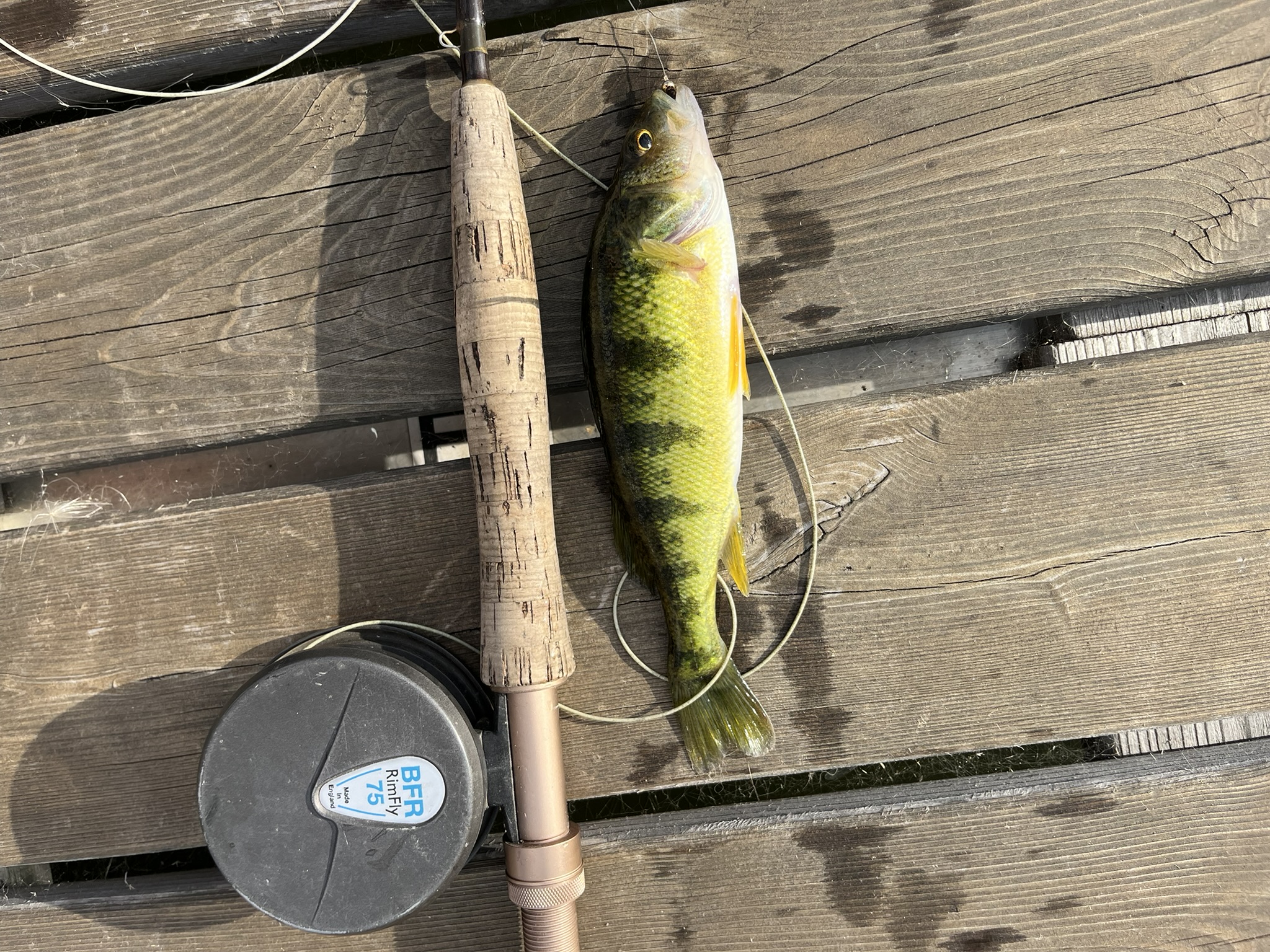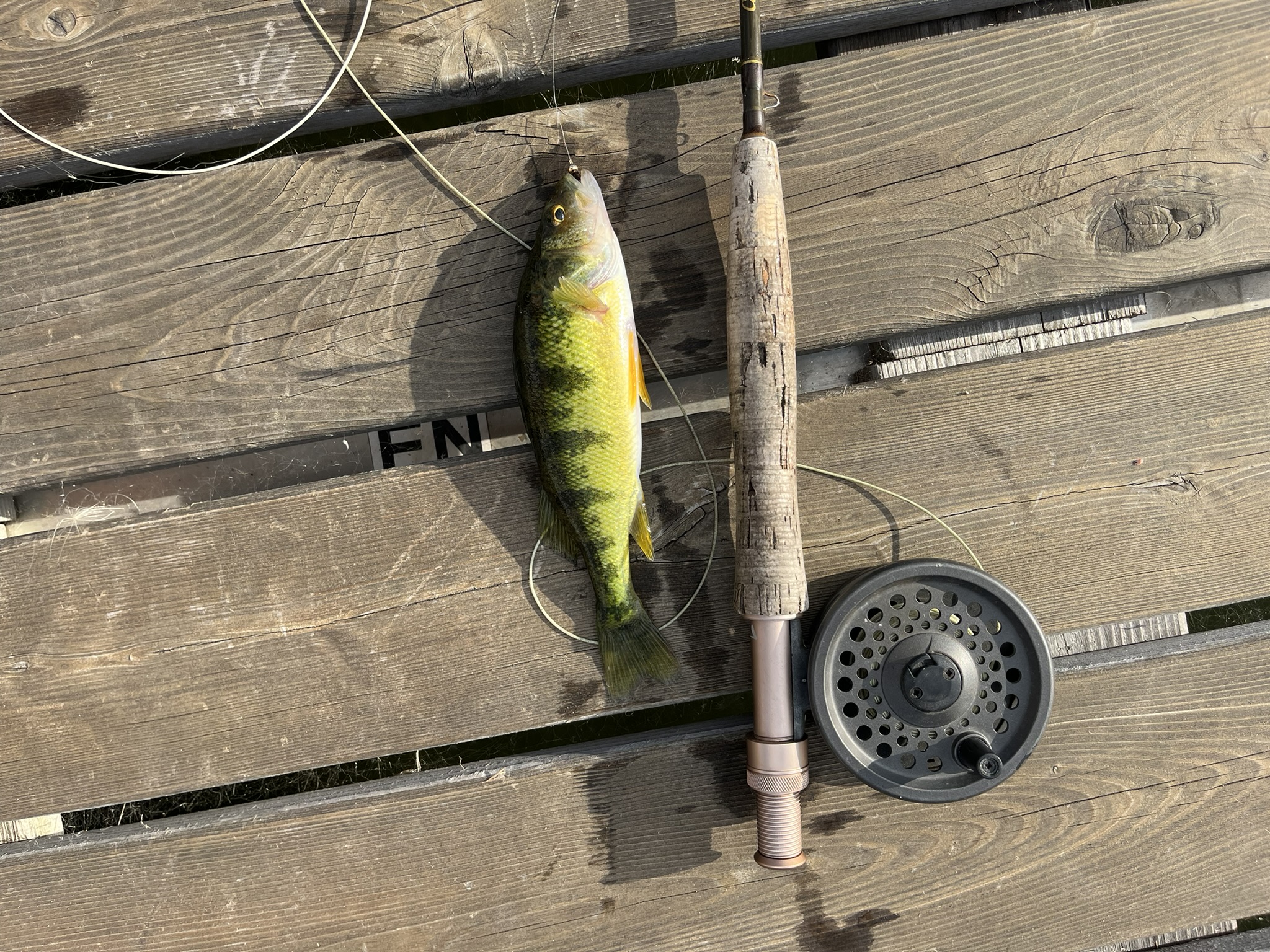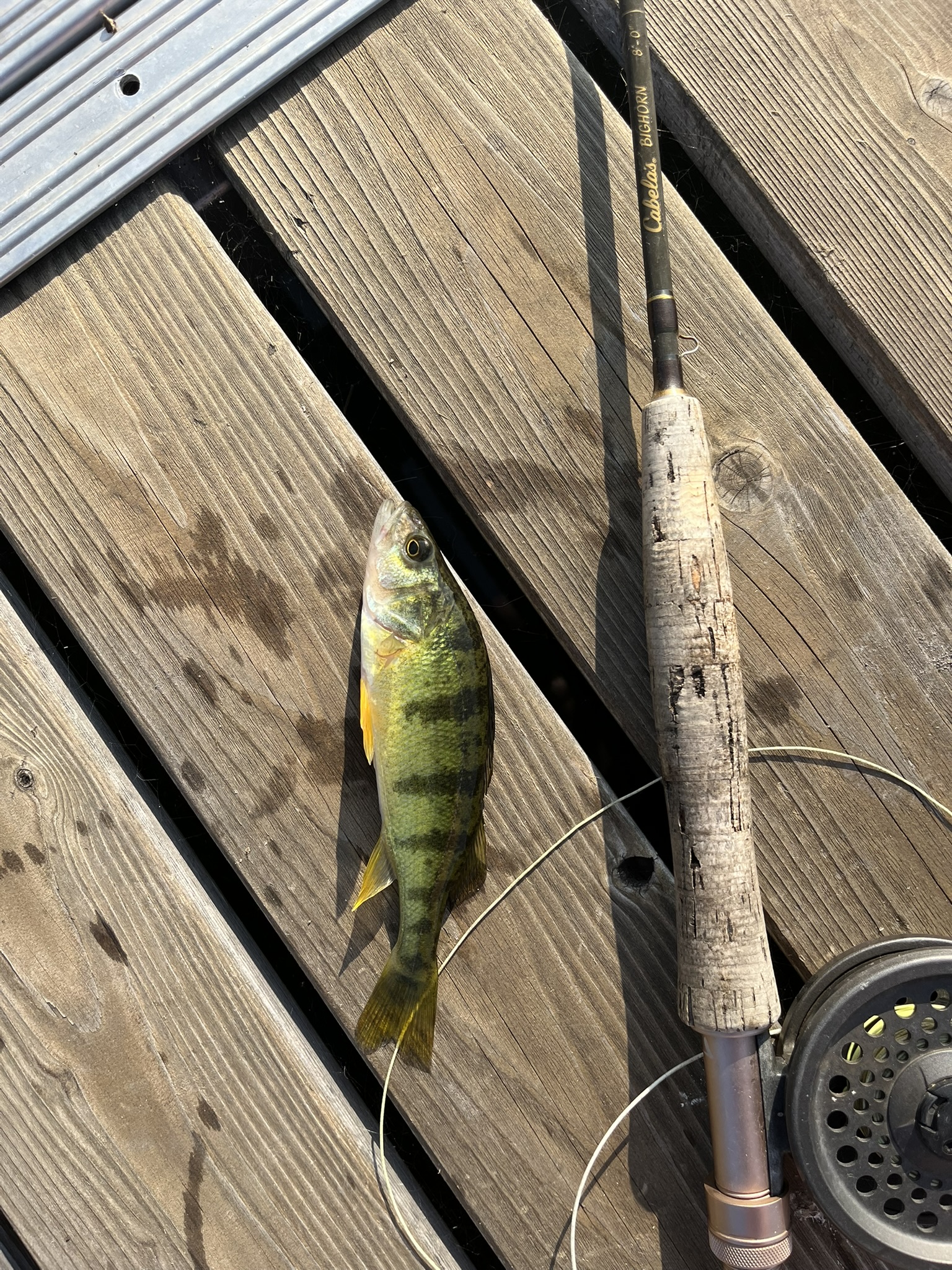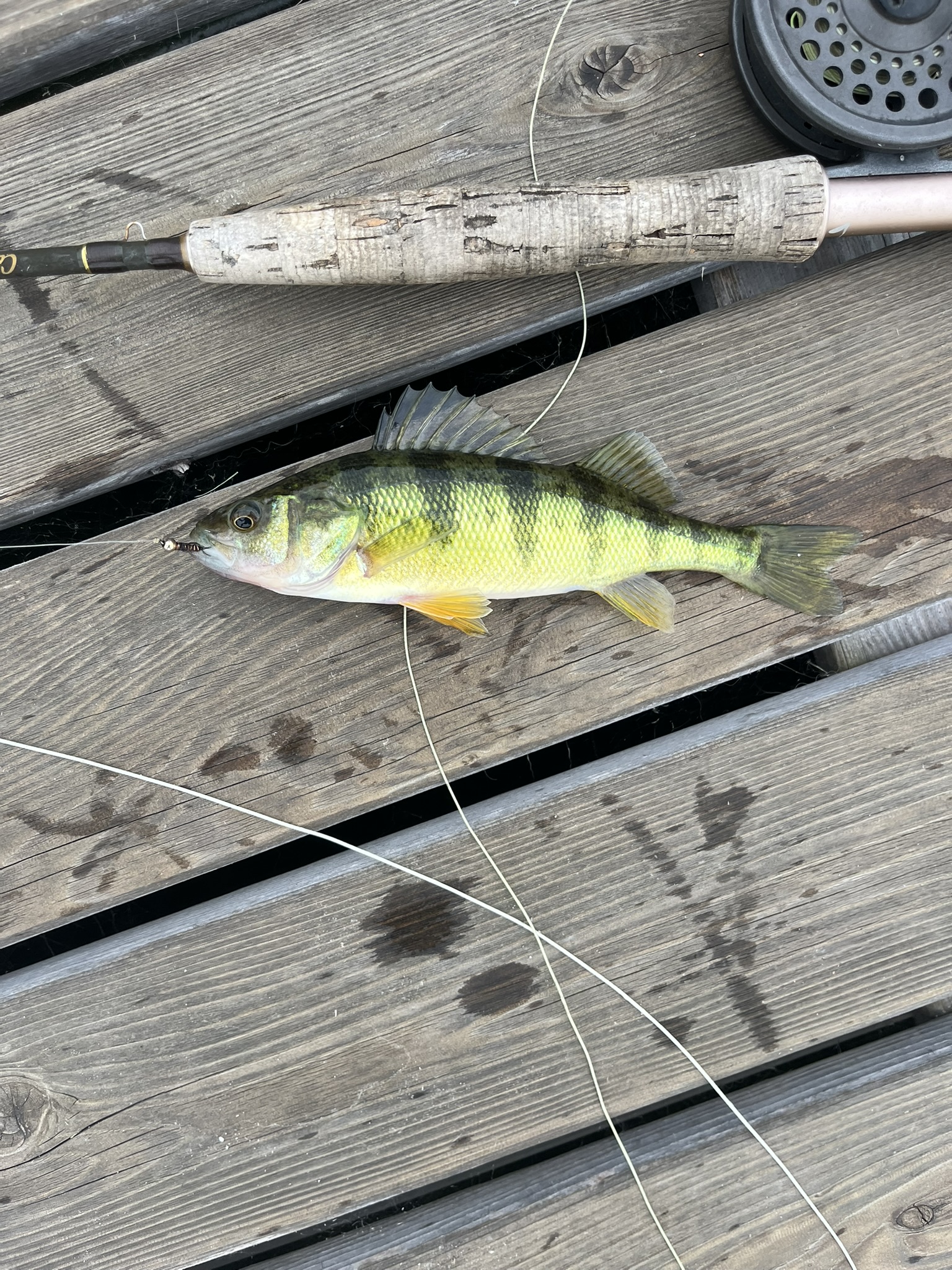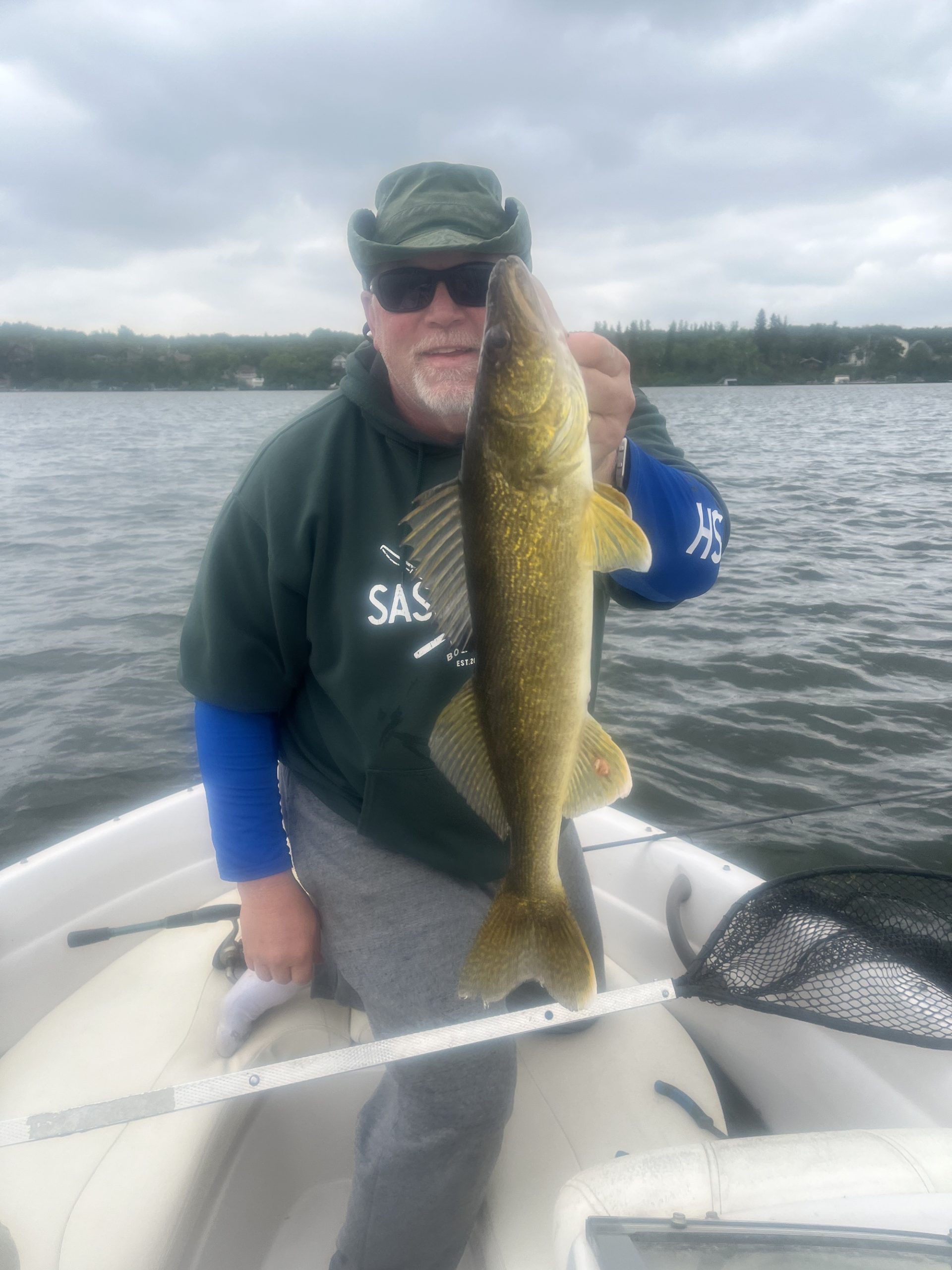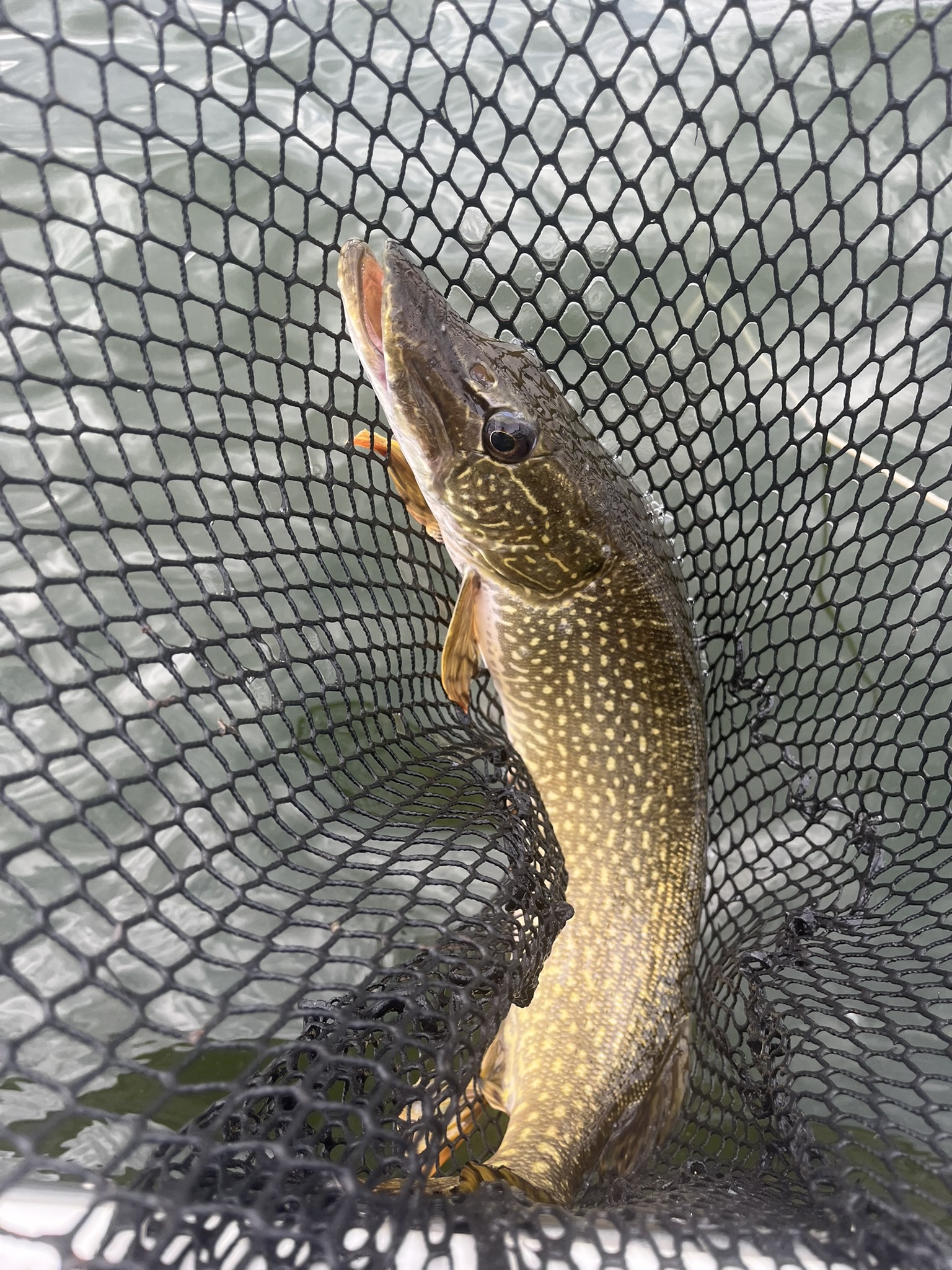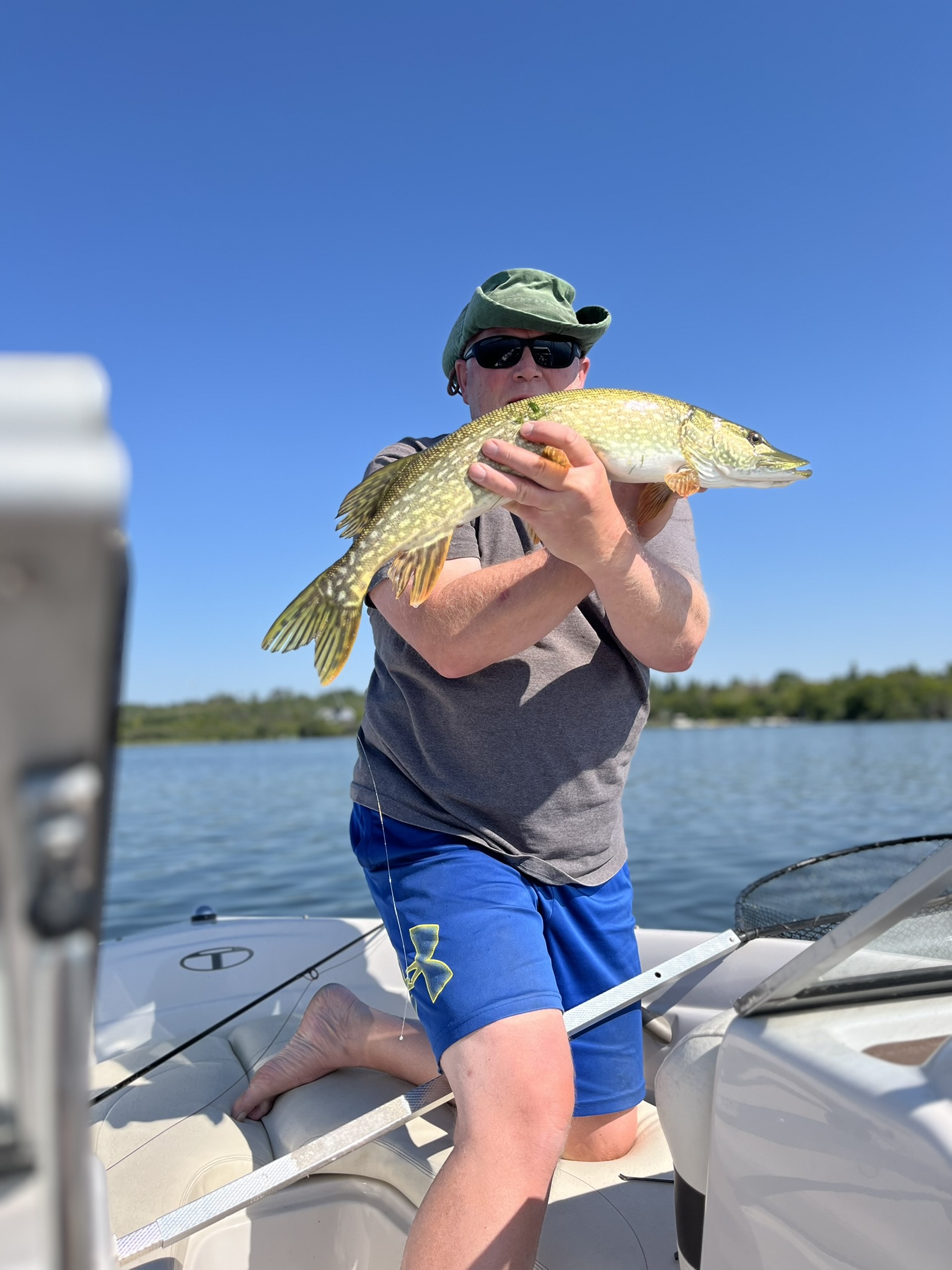Fishing is a numbers game. The more times you put your lure in front of fish, the better your odds at catching fish. Sometimes the odds are not in your favour. That’s when you need a back up plan. I have two of them.
On the lake where we have a cabin, there are 3 species of game fish. Pike, Walleye and Perch. For most Saskatchewan anglers, Walleye are the prize. By with a fly rod in hand, I prefer the aggressiveness and headshaking power of a Pike. Now and then, when waving my fly rod at Pike waters I will hook a Walleye and that is certainly a treat. Then there is the Perch. Likely not in the first place position for most anglers. It’s a great species for fishing with kids. If you catch one Perch, you will likely be able to catch a dozen.
Now back to the Pike and Walleye, the big fish of the lake. On a good day, with some good streamer flies (the Go Go Ray, the Go Go Kershaw, the Iron Butterfly Minnow, the Go Go Perch) I can find the Pike. On bad day, changing locations a few times and rotating through the flies, I can come up with no fish in the net. This past summer has been very good Pike fishing and I would say only about 3 days did that happen. Even with the help of some fish spotters, the tally can be zero.
But coming back to the cabin with a zero is not in the playbook, so back up plans are in place. If the big fish don’t bite, go catch some small ones.
Back Up Plan No 1, The Last Call
There is a spot, in between where I will usually fish for Pike, and the cabin. I call it The Last Call. It’s the last chance to catch a fish from the boat and get off the snide. It’s just around the point from the cabin and loaded with Perch. If I’ve brought my little light weight fly rod I will use that, but usually I leave that behind. So I will opt for one of my spin cast rods, a 1/16th jig head and a small chunk of green plastic worm. The green plastic seems to be the secret sauce. I will pull up to the spot, drop anchor in about 6 feet of water and toss the jig. I usually only have about 6 feet of line out and let it sink to the top of the weeds then drag it around. That little bit of movement seems to get the perch active and in 10 minutes I’ve usually caught a handful of Perch. Enough to break the zero. Pull up anchor, around the point and back to the dock at the cabin.
Back Up Plan No 2, The Dock
The Last Call spot is pretty much a guarantee all season long. So is The Dock, only it’s a stretch to say I went out fishing and caught fish from the dock, my dock, at my cabin. That’s not really going out. But it’s still a back up plan to catch some fish for the day.
Just off the dock is a weed bad that stretches all along the cabin row. I grab my 4 weight fly rod, usually with a Bead Head Copper John fly, and cast it 20 – 30 feet straight out. I know there are perch there. There are always Perch there, and they love that simple little fly. Many of the Perch are barely able to pull the line but there are a few that will put a little bend in the light weight rod. The cork section on my fly rod is 7″ so anything that big is a good perch, at least by Fishing Off the Dock standards.
No Back Up Plan Needed
Mot days the back up plans are not needed and I am able to land a few Pike and the occasional Walleye. With the time from dock to fishing spot being less than a 5 minute song, if I strike out in the morning, I still have the afternoon, or the evening, or the back up plans to catch fish that day.

